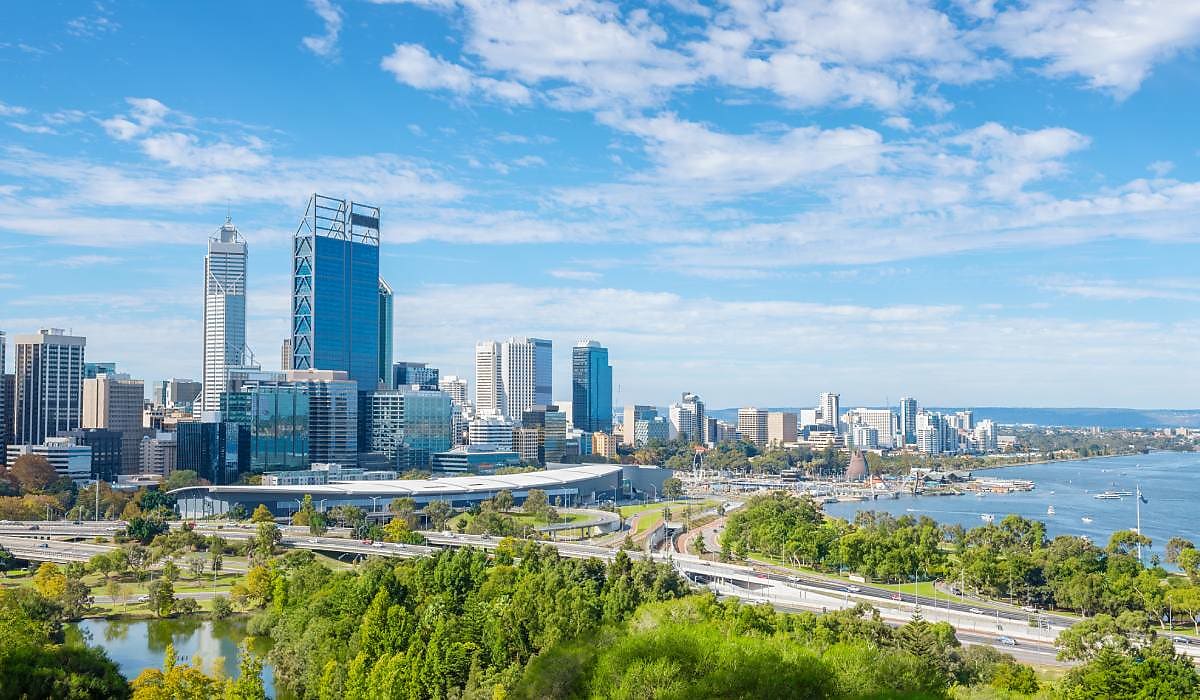Perth price growth at risk amid cooling buyer demand
While price growth for Perth property is expected to continue increasing in 2025, a slowdown in buyer activity compared to last year could hinder the projection.

Perth median dwelling prices rose to a record high over the March quarter, putting Perth on track for 10 per cent growth over 2025, new figures by the Real Estate Institute of Western Australia (REIWA) showed.
The institute’s findings showed that the capital city’s median house sale price grew 2.7 per cent over the March quarter to $770,000, up from $750,000 at the end of 2024.
Perth’s median unit price also notched up to $520,000 over the March quarter, rising 4 per cent from $500,000 at the end of 2024.
REIWA president, Suzanne Brown, said moderate price growth was forecast for Greater Perth due to an easing in Western Australian buyer activity compared to the “frenzied” buyer behaviour seen in 2024.
“Our members report buyers are being more discerning and taking more time in their purchasing decisions. They are also being more prudent with their spending, and this is likely to continue while the economic climate remains uncertain,” Brown said.
Brown added that while strong sales results are still being recorded in some parts of Western Australia, most properties are taking longer to sell, with many sellers having to discount their original asking price to achieve a sale.
“Sellers should not expect their home to sell at the first home open or to achieve the sensational price outcomes seen last year,” she said.
Outside the capital city, REIWA projected that median house sale prices would grow in most regional Western Australia centres by 2025.
“Based on current conditions, Albany, Busselton and Geraldton are likely to be the top performers this year, with median house sale price growth in the range of 15 to 20 per cent,” Brown said.
Over 2025, REIWA noted that local employment opportunities, population growth, and limited new supply will continue to play a “key role” in shaping market activity across the regional centers.
Brown said a variety of drivers have been motivating price growth across Western Australia’s regional markets.
According to the Regional Australia Institute, population growth has been putting upward pressure on the area’s property prices, such as in Albany which was recently named the “fastest growing local government area in the state for net internal migration”.
Similarly Bunbury has been earmarked for growth due to its attractively priced properties, while in Geraldton the lower cost of building and strong investor activity have been paving the way for strong price growth in 2025.
Brown noted that the median house sale prices in Bunbury and Karratha are projected to increase by nearly 10 per cent over 2025, while increases of 2–5 per cent are anticipated for the markets in Kalgoorlie and Broome.
On the other end of the spectrum, Brown said that growth is expected to be “very low” in Esperance and warned that the Port Hedland regional centre might experience a decline in its median house prices by the year’s end.
Despite the broadly positive outlook for property price growth across Western Australia, Brown said that recent global economic uncertainty due to US President Donald Trump’s tariffs could potentially stunt the state’s market growth.
“The most significant issue facing the property market at the moment is the Trump tariffs. They have the potential to create a recession in the United States and impact economies around the world, particularly some of our most significant trading partners,” Brown said.
Despite Western Australia’s economy having a relatively low direct exposure to the US market with its exports, she said that economic developments stemming from the tariffs could still affect buyer sentiment in the Golden State.
“The potential effects of the tariffs will create concern among the community, particularly in relation to employment security, and this in turn affects buying and selling behaviour,” Brown said.
“Compounding this is the recent pause on tariffs and the potential for trade wars. Such economic volatility often sees people become more cautious,” she added.
On the domestic front, Brown also noted that further interest rate cuts could be on the cards for 2025, and could be accelerated due to the US tariffs and potential for an economic slowdown in Australia.
“Under normal circumstances this would boost consumer confidence, increase borrowing power, and put some upward pressure on prices, but if economic uncertainty remains high we expect the effect on property prices to be fairly low,” Brown concluded.
